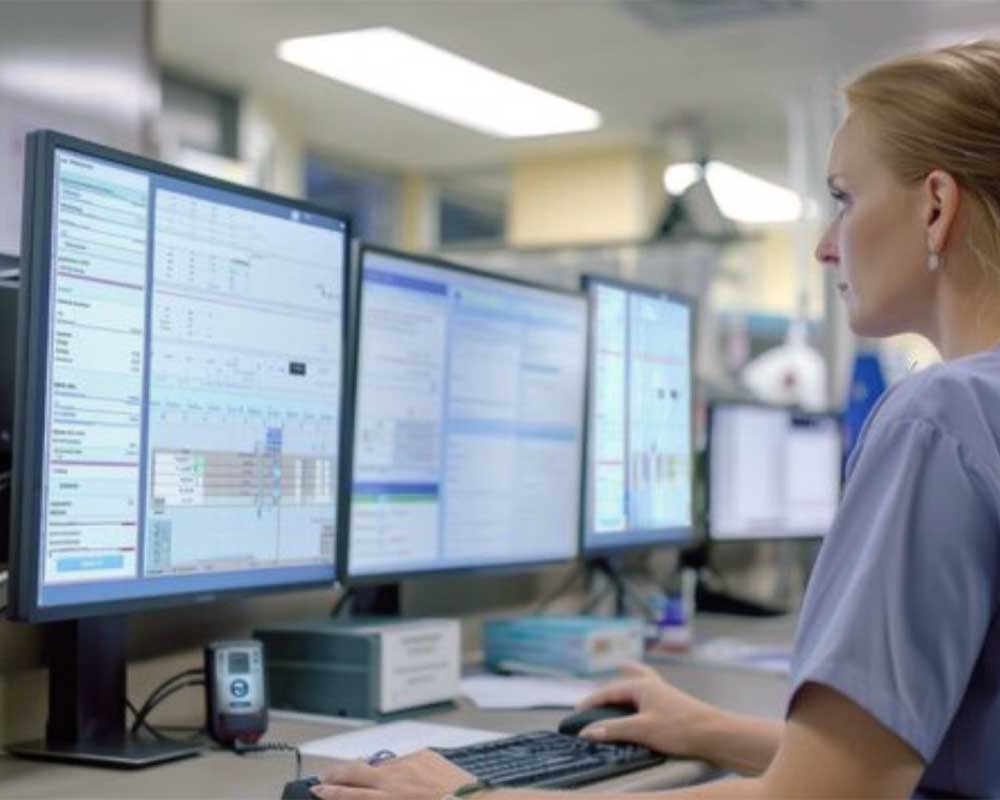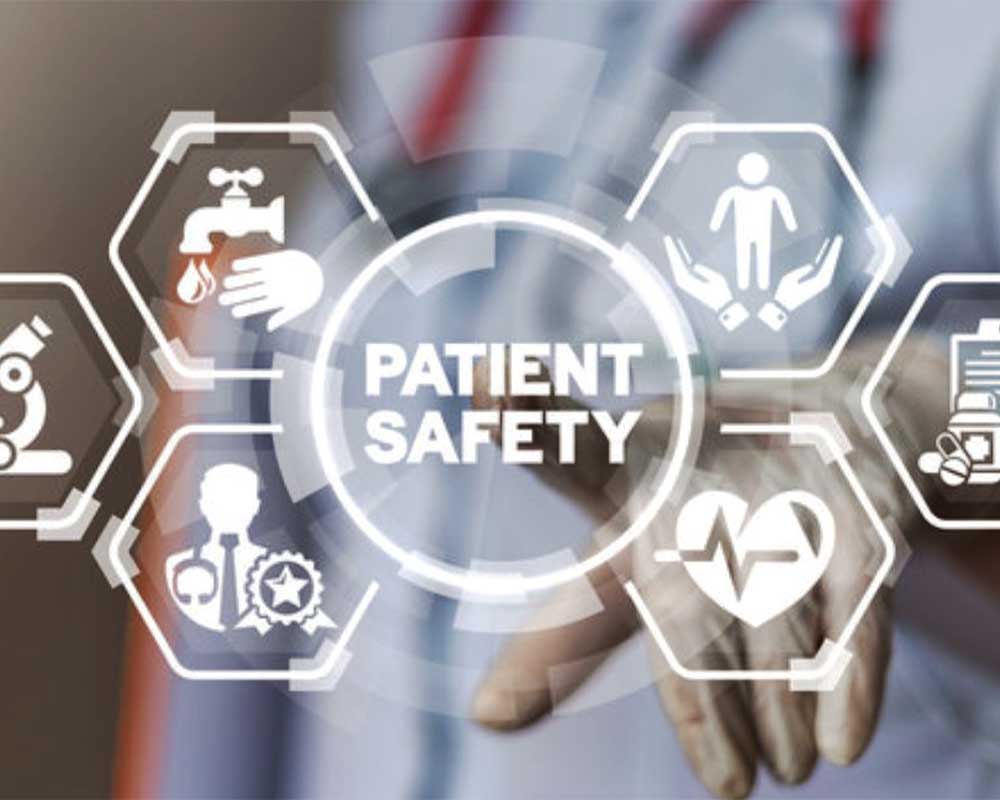Transforming care by integrating Dialysis machine with EMR
The Power of Real-Time Data:
Transforming Care by Integrating Dialysis Machines with an EMR In the fast-paced, high-stakes environment of a dialysis clinic, every second and every data point matters. For years, nurses have been tasked with the time-consuming and error-prone process of manually transcribing treatment data—such as vital signs, instrument pressures, and fluid removal volumes—from dialysis machines into a patient's record1. This practice not only diverts valuable time away from patient care but also introduces risks of data entry errors.

The solution lies in a transformative technology:
The direct integration of dialysis machines with a specialized Electronic Medical Record (EMR) system. By creating a seamless flow of real-time data, this connectivity revolutionizes clinic workflows, enhances patient safety, and empowers clinicians with the information they need to provide superior care2.
Automating Charting and Reclaiming Nurse Time
The most immediate and quantifiable benefit of EMR-dialysis machine integration is the automation of patient charting2. When data flows directly from the device to the patient's record, it eliminates the need for manual transcription2.

One study found that implementing this interface reduced the time nurses spent on computer data entry by approximately 28 minutes per shift34. This saved time is then reallocated to what matters most: addressing patient-related issues and providing direct, hands-on care34. Staff can focus on clinical assessments and interventions rather than being tethered to a computer to catch up on charting2.
Enhancing Data Accuracy and Patient Safety

Manual data entry is inherently susceptible to human error. A misplaced decimal or a mistyped number can have significant consequences in a dialysis setting. By automating the data transfer, the information logged in the EMR is more accurate because it comes directly from the device without translation21.
This heightened accuracy directly translates to improved patient safety5. Clinicians can trust that they are making decisions based on precise, real-time information6. Furthermore, two-way connectivity, where the EMR can also send information to the device, allows for safety cross-checks. For example, medication prescriptions in the EMR can be automatically checked against the therapy being delivered, reducing the risk of "never events"72.
Improving Clinical Workflows and Proactive Decision-Making

With a direct interface, data can be logged into the patient record as frequently as once every minute1. This provides caregivers with an expanded, near real-time view of each treatment session2. Instead of waiting until the end of a session to review data, clinicians can monitor trends as they happen, allowing for timely and targeted interventions5.
This constant data stream ensures the entire care team is working from the same up-to-date information, improving communication and collaboration6. A dashboard with real-time quality metrics can help clinicians rapidly identify high-priority patients or those experiencing adverse events like intradialytic hypotension, enabling them to make proactive adjustments to treatment plans58.
Building a Data Foundation for the Future
Connecting dialysis machines to an EMR is the first step in building a robust data foundation2. The vast amount of granular, de-identified data collected can be aggregated and analyzed for a wide range of purposes, from internal quality improvement programs to advanced clinical research25.

This rich dataset is essential for developing the next generation of nephrology tools. It can be used to train machine learning (ML) algorithms to predict hemodialysis-related complications, offering early warnings to medical staff and allowing for preemptive treatment8. This integration paves the way for a future of data-driven, predictive, and highly personalized kidney care.

[baxter](https://www.baxter.ca/perspectives/healthcare-insights/ using-device-connectivity-improve-healthcare-experience-why)




